DIETHYL PHOSPHORAMIDATE
- CAS NO.:1068-21-9
- Empirical Formula: C4H12NO3P
- Molecular Weight: 153.12
- MDL number: MFCD00015676
- SAFETY DATA SHEET (SDS)
- Update Date: 2023-06-08 17:06:36
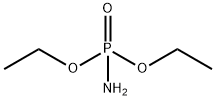
What is DIETHYL PHOSPHORAMIDATE?
The Uses of DIETHYL PHOSPHORAMIDATE
Diethyl Phosphoramidate is an inhibitor of cholinesterase. It is toxic to houseflies and are used in insecticidal preparations. It also exhibits herbicidal and hydrolytic properties.
The Uses of DIETHYL PHOSPHORAMIDATE
Diethyl phosphoramidate may be employed as reagent which mimics or imitates the actual chemical warfare agents. It may be used in the preparation of α-aminoalkyl phosphonates, via three-component Mannich type reaction.
What are the applications of Application
Diethyl phosphoramidate is used to prepare α-aminoalkyl phosphonates, by the three-component Mannich type reaction
General Description
Diethyl phosphoramidate is a chemical and biological toxin and its ultra-low level detection by Surface-Enhanced Raman Spectroscopy (SERS) is reported. It is reported as chemical warfare simulant.
Properties of DIETHYL PHOSPHORAMIDATE
| Melting point: | 51-53 °C (lit.) |
| Boiling point: | 140 °C/3 mmHg (lit.) |
| Density | 1.133±0.06 g/cm3(Predicted) |
| Flash point: | >230 °F |
| storage temp. | Keep in dark place,Inert atmosphere,Room temperature |
| form | solid |
| pka | 0.52±0.70(Predicted) |
| color | White to Light yellow to Light orange |
| CAS DataBase Reference | 1068-21-9 |
Safety information for DIETHYL PHOSPHORAMIDATE
| Signal word | Warning |
| Pictogram(s) |
 Exclamation Mark Irritant GHS07 |
| GHS Hazard Statements |
H315:Skin corrosion/irritation H319:Serious eye damage/eye irritation H335:Specific target organ toxicity, single exposure;Respiratory tract irritation |
| Precautionary Statement Codes |
P261:Avoid breathing dust/fume/gas/mist/vapours/spray. P264:Wash hands thoroughly after handling. P264:Wash skin thouroughly after handling. P271:Use only outdoors or in a well-ventilated area. P280:Wear protective gloves/protective clothing/eye protection/face protection. P302+P352:IF ON SKIN: wash with plenty of soap and water. P305+P351+P338:IF IN EYES: Rinse cautiously with water for several minutes. Remove contact lenses, if present and easy to do. Continuerinsing. |
Computed Descriptors for DIETHYL PHOSPHORAMIDATE
New Products
Tert-butyl bis(2-chloroethyl)carbamate (S)-3-Aminobutanenitrile hydrochloride N-Boc-D-alaninol N-BOC-D/L-ALANINOL N-octanoyl benzotriazole 3,4-Dibenzyloxybenzaldehyde 4-Hydrazinobenzoic acid 1,1’-CARBONYLDIIMIDAZOLE R-2-BENZYLOXY PROPIONIC ACID 3-NITRO-2-METHYL ANILINE 4-IODO BENZOIC ACID 4-HYDROXY BENZYL ALCOHOL 4-(3-chloropropyl)morpholine phenylhydrazine hydrochloride (2-Hydroxyphenyl)acetonitrile 4-Bromopyrazole 5-BROMO-2CYANO PYRIDINE 5,6-Dimethoxyindanone 5-broMo-2-chloro-N-cyclopentylpyriMidin-4-aMine 4-methoxy-3,5-dinitropyridine 2-(Cyanocyclohexyl)acetic acid 2-aminopropyl benzoate hydrochloride 1-(4-(aminomethyl)benzyl)urea hydrochloride tert-butyl 4- (ureidomethyl)benzylcarbamateRelated products of tetrahydrofuran
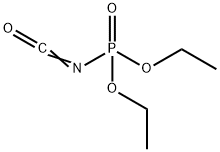
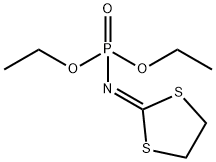
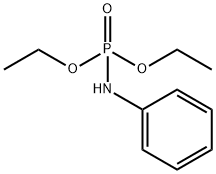
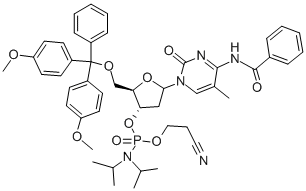
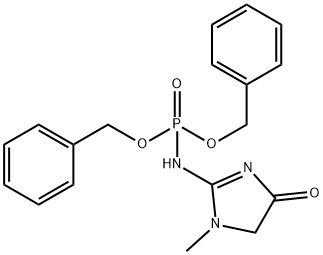


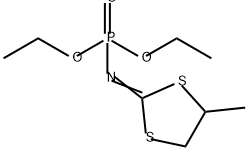
You may like
-
 Diethyl Phosphoramidate CAS 1068-21-9View Details
Diethyl Phosphoramidate CAS 1068-21-9View Details
1068-21-9 -
 Diethyl phosphoramidate 96% CAS 1068-21-9View Details
Diethyl phosphoramidate 96% CAS 1068-21-9View Details
1068-21-9 -
 Diethyl phosphoramidate CAS 1068-21-9View Details
Diethyl phosphoramidate CAS 1068-21-9View Details
1068-21-9 -
 (9H-fluoren-9-yl)methyl (2,5-dioxopyrrolidin-1-yl) carbonate 82911-69-1 98.0%View Details
(9H-fluoren-9-yl)methyl (2,5-dioxopyrrolidin-1-yl) carbonate 82911-69-1 98.0%View Details
82911-69-1 -
 13057-17-5 95.0%View Details
13057-17-5 95.0%View Details
13057-17-5 -
 4-bromoaniline 106-40-1 99.0%View Details
4-bromoaniline 106-40-1 99.0%View Details
106-40-1 -
 5-bromo-2-chlorobenzoic acid 99.0%View Details
5-bromo-2-chlorobenzoic acid 99.0%View Details
21739-92-4 -
 15761-38-3 97.0%View Details
15761-38-3 97.0%View Details
15761-38-3
Statement: All products displayed on this website are only used for non medical purposes such as industrial applications or scientific research, and cannot be used for clinical diagnosis or treatment of humans or animals. They are not medicinal or edible.